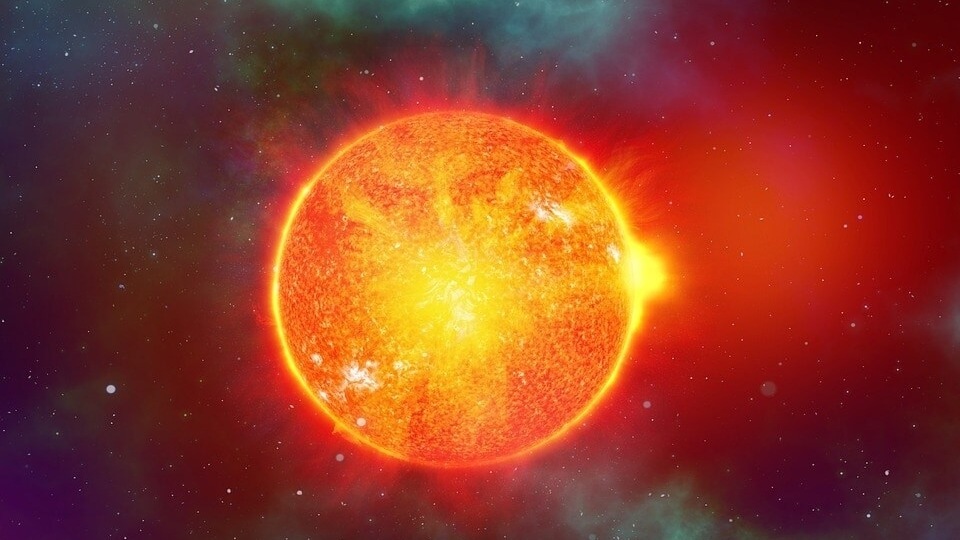Solar flare eruptions likely soon, but solar storms not seen hitting Earth over the weekend
Prepare for an undisturbed weekend in space as Earth gets relief from solar storms. However, new sunspot AR3451 hints at a rise in solar flare activity thereafter.

This weekend promises a stark contrast to the geomagnetic fireworks we witnessed last week. Unlike the previous weekend, there are no looming Coronal Mass Ejections (CMEs) threatening Earth's magnetic field. Our planet's magnetosphere is expected to remain serene and undisturbed from any solar storm.
According to a report by spaceweather.com, forecasters at the National Oceanic and Atmospheric Administration (NOAA) have revealed details of the sunspot AR3451, a newcomer on the solar stage, which has suddenly sprung to life. It has rapidly grown over the past 24 hours, boasting more than a dozen dark cores, two of which are larger than Earth itself. While magnetic observations of this sunspot are not conclusive due to its orientation away from Earth, it seems to possess a complex 'delta-class' magnetic configuration, indicative of the potential for vigorous solar flares.
Solar Flares and Their Impact
Solar flares are formidable bursts of energy originating from the Sun, unleashed during internal solar events like solar mass ejections and surface flares. This energy radiates out in all directions, including toward Earth, where it interacts with our planet's magnetosphere, often triggering geomagnetic activity.
These intense outbursts occur when the Sun's magnetic field lines become strained and break, resulting in explosive releases of energy. This energy primarily consists of charged particles, including protons and electrons, which hurtle through space at incredible velocities. Upon reaching Earth, these particles interact with our magnetic field and atmosphere, giving rise to various effects. These effects manifest as breathtaking auroras, radio signal disruptions, satellite malfunctions, and potential power grid disturbances.
Solar Storm Monitoring
The anticipation and tracking of solar flares and solar storms rely on sophisticated satellite systems such as NOAA and TESIS, alongside international weather laboratories across the globe. This collective network continuously updates solar activity forecasts, typically every 10 minutes, to provide real-time insights into potential solar disturbances.
While this weekend may offer respite from geomagnetic storms, the unpredictable nature of solar flares keeps astronomers and space weather enthusiasts vigilant. As sunspot AR3451 continues to evolve, we will be keeping a close eye on its magnetic antics. Stay tuned for updates on this celestial spectacle.
One more thing! We are now on WhatsApp Channels! Follow us there so you never miss any update from the world of technology. To follow the HT Tech channel on WhatsApp, click here to join now!
Catch all the Latest Tech News, Mobile News, Laptop News, Gaming news, Wearables News , How To News, also keep up with us on Whatsapp channel,Twitter, Facebook, Google News, and Instagram. For our latest videos, subscribe to our YouTube channel.






































